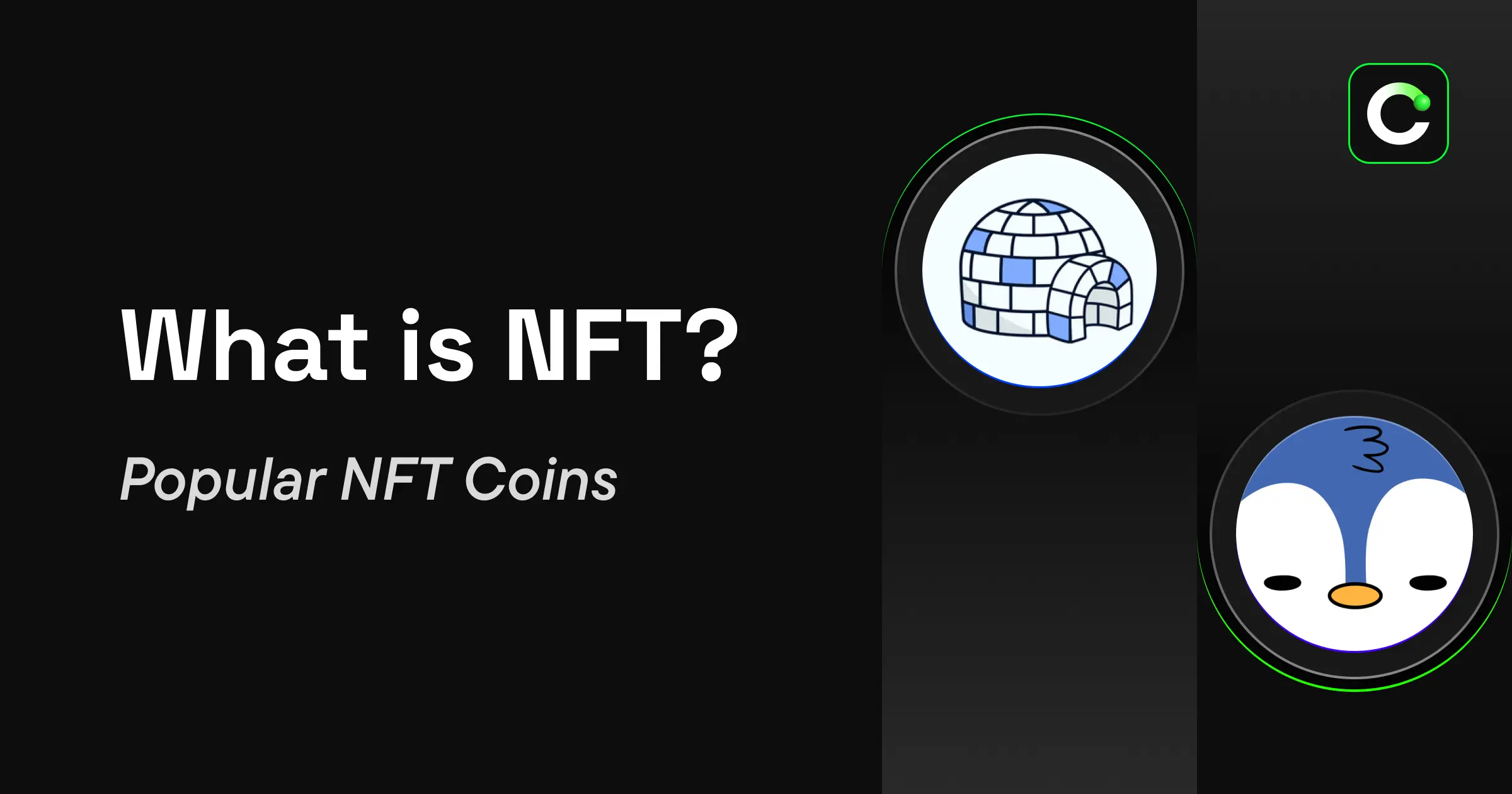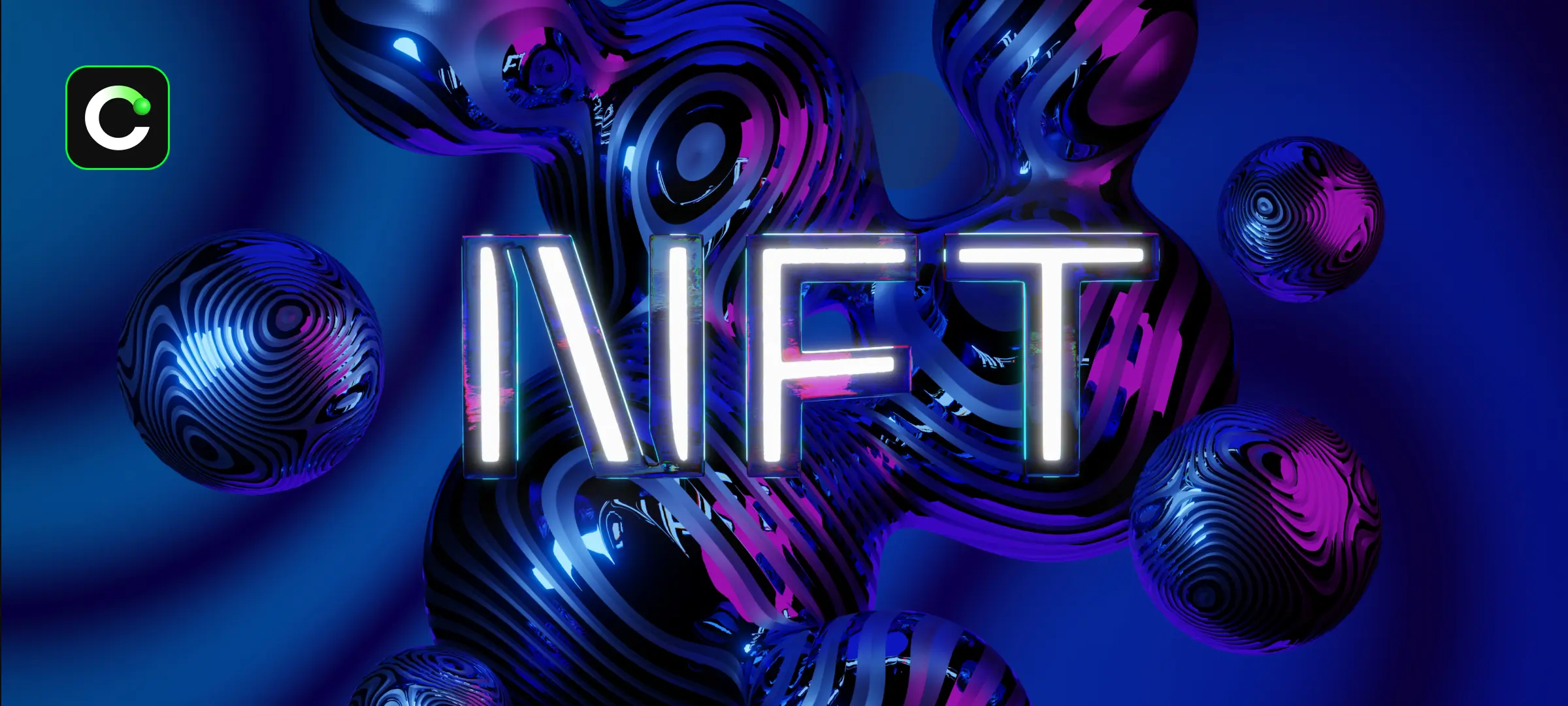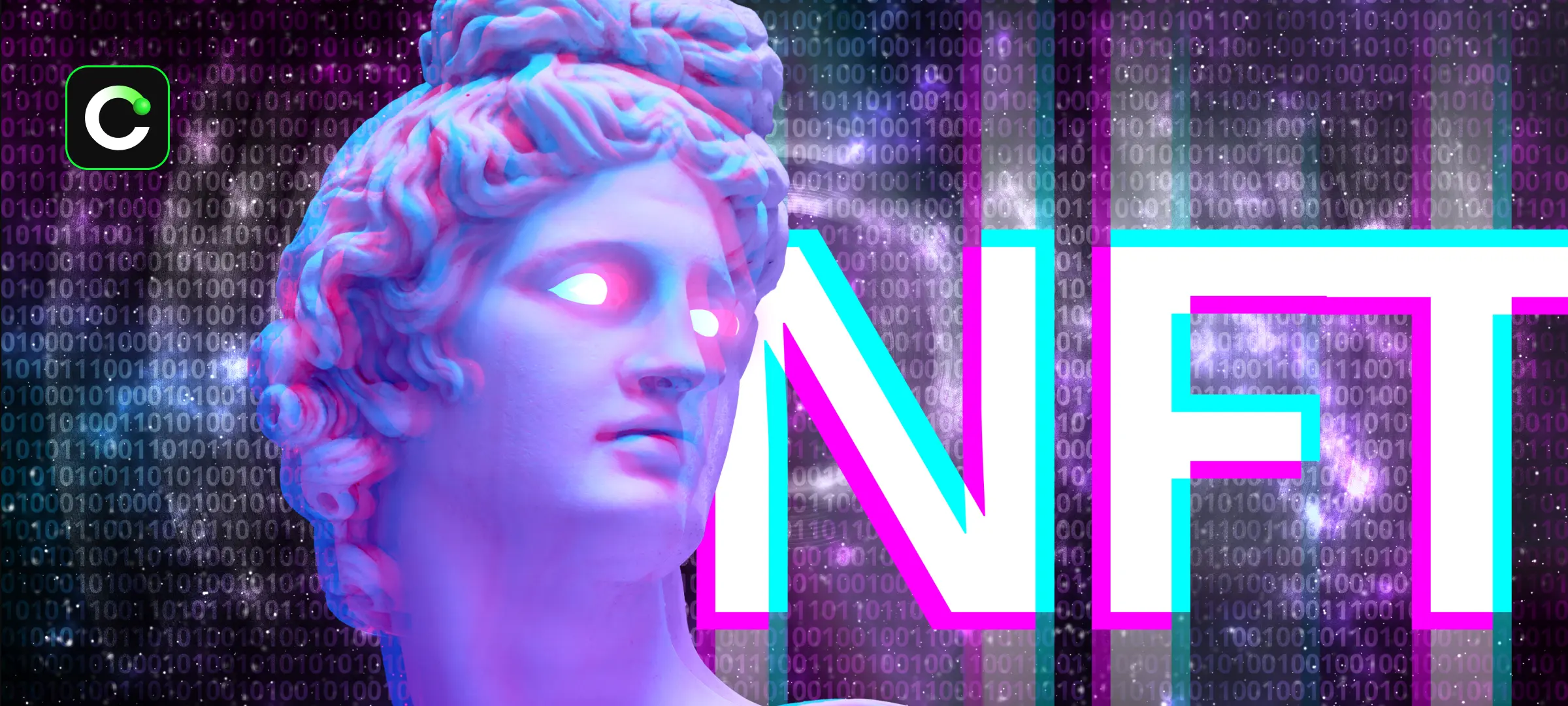What Is an NFT? Popular NFT Coins 

Cryptocurrency Exchange

NFTs (non-fungible tokens), which have gained significant attention in the crypto world in recent years, are a special type of technology that enables the creation of unique and non-interchangeable digital assets. Digital items such as images, videos, game elements, or music files can be recorded on a blockchain in NFT format, making each one verifiably unique.
In this article, we will explore the meaning of NFTs, explain the concept of NFT coins, examine how NFT projects work, walk through how NFTs are created and purchased, and highlight some of the most popular NFT coins.
What Does NFT Mean?
NFT stands for “non-fungible token.” As the name suggests, NFTs represent unique digital assets that cannot be replaced with one another. Each NFT is distinct and holds individual value.
NFTs operate on blockchain networks such as Ethereum and include verifiable metadata about ownership, originality, and history. For this reason, NFTs have become widely used in fields like art, gaming, collectibles, and the metaverse.
Since NFTs are designed to be one-of-a-kind, each carries its own specific market value. These features make NFTs the digital counterparts of physical collectibles.
What Is NFT Coin?

NFT coin is the native cryptocurrency of an NFT-based project. These coins are generally developed to support the platform’s ecosystem, facilitate NFT-related transactions, or enable participation in governance processes.
For instance, when using an NFT marketplace, the platform’s native token (such as APE, MANA, or SAND) may be required to perform transactions. In addition, NFT coins may be used within NFT-based games to unlock content or enhance user experiences.
NFT coins are also viewed as indicators of community support and trust in a given project and can reflect broader interest in the project's development.
What Is an NFT Project?
NFT project refers to a
blockchain based system designed to create and manage unique digital assets. These projects typically focus on digitizing content related to art, collectibles, metaverse environments, or games.
The NFT project consists of components such as smart contracts, digital content, and community governance. Each project has its own technical infrastructure, use cases, and audience. For example, an art-focused project may release limited-edition NFT collections, while a metaverse project might offer virtual land, avatars, or in-game assets in NFT format.
The success and growth of NFT projects are often closely linked to user engagement. Therefore, it's important to evaluate each project’s technical foundation, originality, and community activity.
How Are NFTs Created?
Creating NFT involves converting a digital file into a token on a blockchain. This process is known as “minting.” The basic steps for NFT creation are:
-
Prepare your digital file: The content can be an image, video, music file, or another form of digital media.
-
Choose a blockchain: Common networks include Ethereum, Polygon, and BNB Smart Chain. Each has different transaction fees and compatible platforms.
-
Select an NFT marketplace: Platforms like OpenSea, Rarible, or Foundation support NFT minting.
-
Connect your crypto wallet and upload the file: After linking a crypto wallet (e.g., MetaMask), the digital file is uploaded and relevant information (title, description, attributes) is entered.
-
Mint the NFT: The token is confirmed on the blockchain and becomes a unique, registered NFT.
This process can typically be completed through user-friendly interfaces without requiring technical knowledge.
How to Buy NFTs
To purchase an NFT, users generally follow these steps:
-
Create a crypto wallet : Choose a wallet compatible with NFT platforms and set up an account.
-
Fund your wallet with the appropriate token: Use ETH for Ethereum-based platforms or BNB for those built on BNB Chain.
-
Select a marketplace: Platforms like OpenSea, Blur, LooksRare, Magic Eden, Rarible, SuperRare, or Foundation offer various NFT collections.
-
Choose an NFT and connect your wallet: Once you've found the desired NFT, initiate the transaction via the “Buy Now” button or similar.
-
Confirm the transaction: Approve the purchase through your wallet. Once confirmed, the NFT will appear in the “Collections” section of your wallet.
NFT transactions are carried out at the discretion and responsibility of users. Since each platform and project operates differently, it is advisable to research thoroughly before engaging.
Popular NFT Coins

Many cryptocurrencies support the NFT ecosystem and serve as the foundation for various blockchain-based projects. These tokens can be used for platform payments or governance participation. Here are some well-known NFT coins:
-
APE (ApeCoin): The native token of the Bored Ape Yacht Club collection. It plays a role in metaverse interactions and community decision-making.
-
MANA (Decentraland): The native cryptocurrency of the Decentraland virtual world. Users can buy digital land and develop content using MANA.
-
SAND (The Sandbox): Used on The Sandbox platform for transactions involving in-game assets and NFT content creation.
-
AXS (Axie Infinity): Functions both as a governance token and in-game utility token within the Axie Infinity ecosystem.
-
ENJ (Enjin Coin): Enables developers to create NFT-based assets. It powers digital products within the Enjin ecosystem.
-
CHZ (Chiliz) : Known for its role in fan token projects developed in collaboration with sports clubs. It is used in NFT and fan engagement platforms.
-
FLOW (Flow): A blockchain developed specifically for large-scale NFT projects such as NBA Top Shot, offering low transaction fees and high scalability.
-
IMX (Immutable X): A layer-2 Ethereum-based solution designed to enable gas-free and eco-friendly NFT transactions.
-
WAX (Worldwide Asset eXchange): A blockchain optimized for gaming and digital collectibles, widely used for NFT creation and trading.
Each coin serves a different purpose based on the project it belongs to, and its technical features and market behavior may vary. Users should consult official project sources for further details.
Conclusion
NFTs have become an important part of the
crypto ecosystem by enabling the creation of unique digital assets on blockchain networks. They offer creators and users verified ownership and open new possibilities in art, gaming, and virtual environments.
Understanding what NFTs are, how NFT coins function, and how to create or acquire NFTs helps users explore this evolving space more effectively. Exploring popular NFT coins also offers insight into the leading projects shaping the digital collectible world.
As with all crypto-related activities, users should conduct thorough research and consider the specific details of each project before participating.
This content is for informational purposes only and does not constitute investment advice.
Recommended
- Cryptocurrency ExchangeWhat is a Stablecoin? 2025 Stablecoin List The cryptocurrency market is known for its high volatility, posing significant risks for investors. Stablecoins provide a secure alternative by maintaining a stable value. Typically pegged to fiat currencies, precious metals, or other assets, stablecoins serve as a safe haven for investors and traders. But what is a stablecoin, how does it work, and what types exist? Let’s dive into the details. What is a Stablecoin? A stablecoin is a type of cryptocurrency designed to maintain a stable value,
2024-11-24
- Cryptocurrency ExchangeWhat are Bear and Bull Markets? In financial markets, the terms bear market and bull market are often used to describe overall trends. A bear market represents periods of declining prices, while a bull market refers to rising trends. These terms are particularly important in the cryptocurrency market. But what exactly is a bear market, what is a bull market, and how long do these periods last? Here’s a detailed guide. What is a Bear Market? A bear market is a period when asset prices experience a prolonged decline, typically
2024-11-24
- Cryptocurrency ExchangeWhat is Blockchain Technology? Blockchain is an innovative technology used to securely and decentralizedly record digital transactions. Known as the backbone of cryptocurrencies like Bitcoin, blockchain technology has expanded into various industries with diverse applications. In this guide, we’ll explore what blockchain is, how it works, and its potential uses across different sectors. What is Blockchain? Blockchain is a decentralized database where information is stored across multiple computers. Each block records data an
2024-11-28


